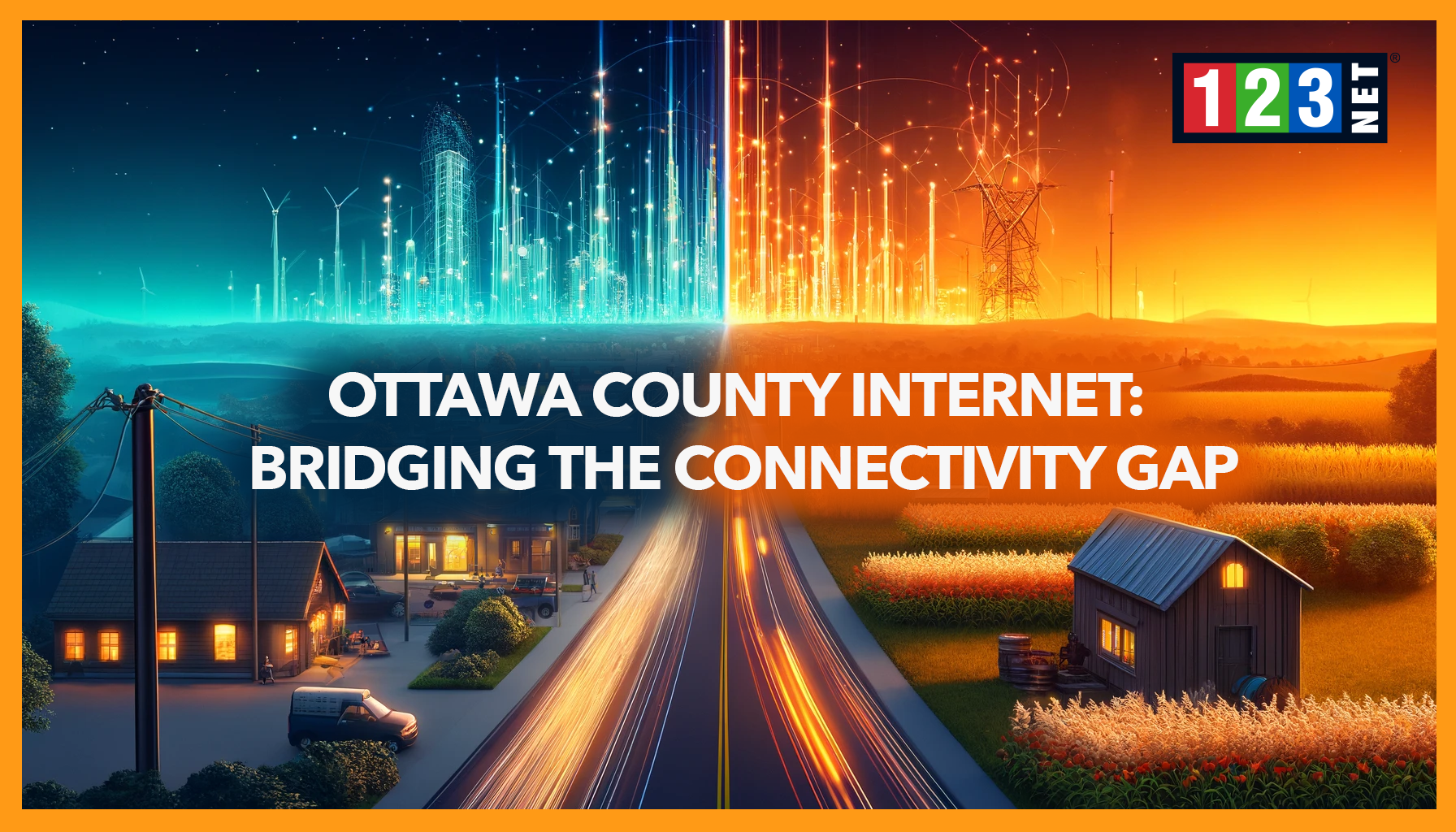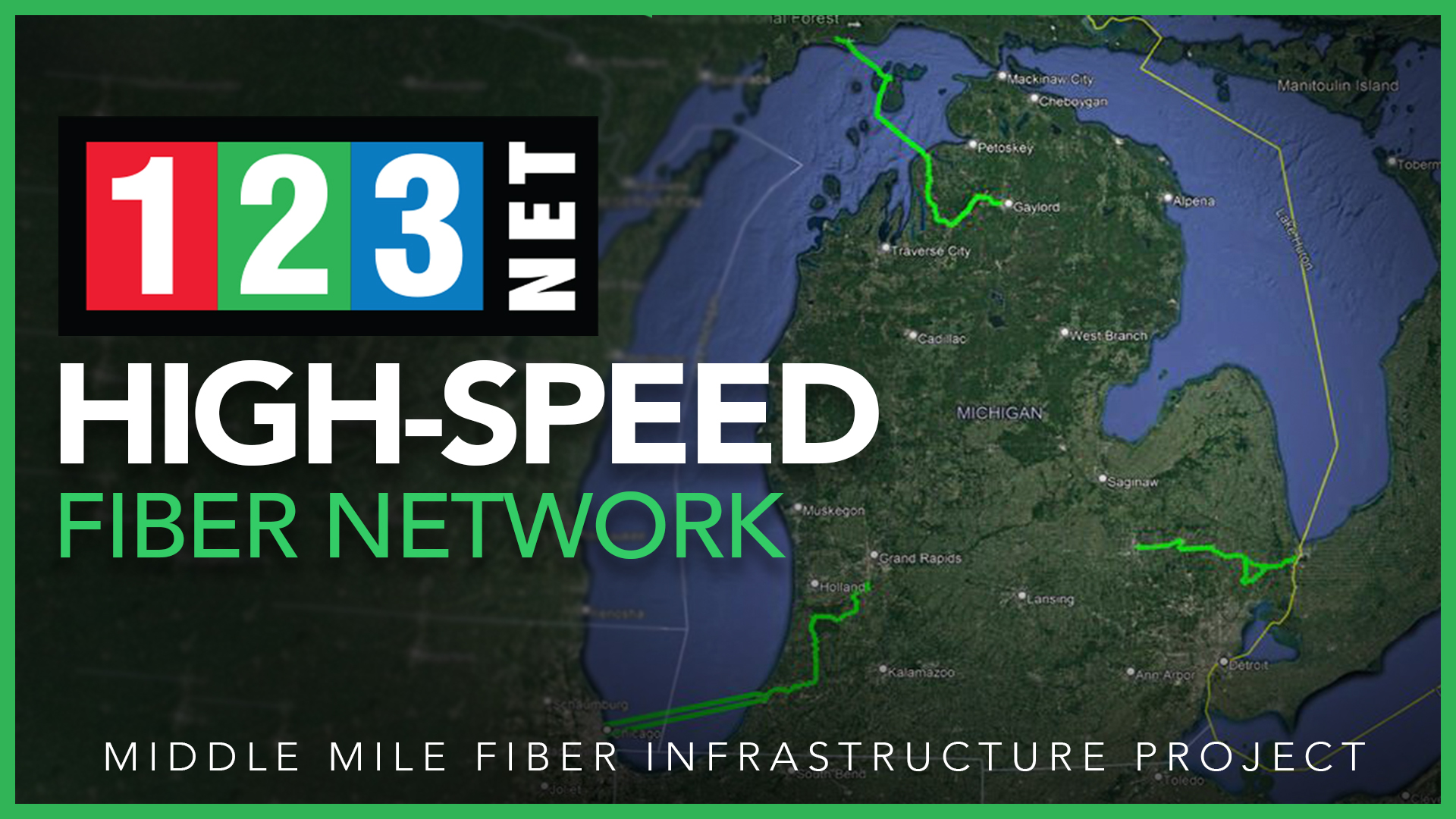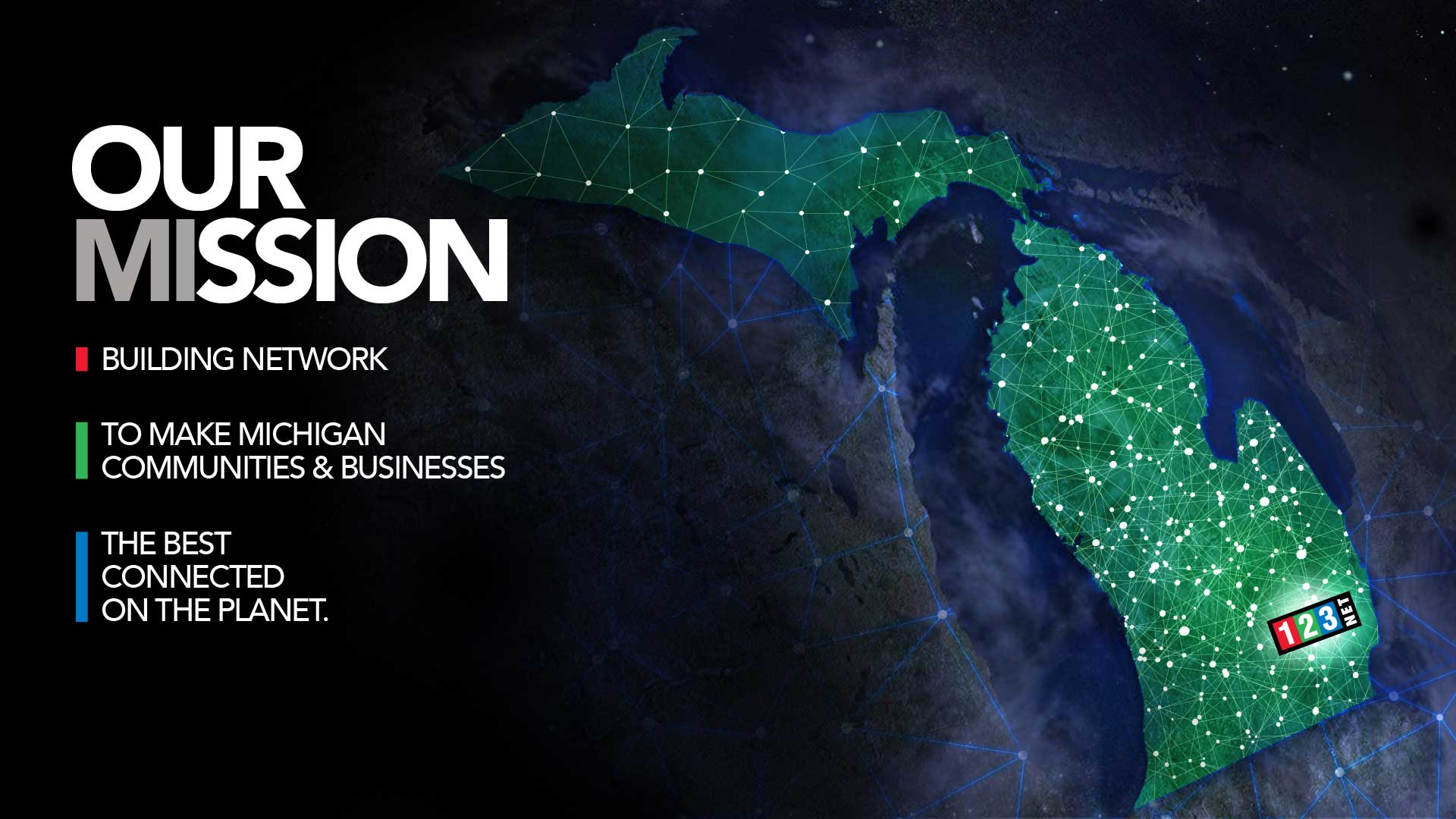Introduction
Digital communication encompasses the exchange of information through electronic devices over digital platforms and networks. It marks a pivotal shift from traditional analog communication methods to digital ones, leveraging the power of technology to connect individuals globally. The genesis of digital communication traces back to the invention of the telegraph and telephone, evolving rapidly with the advent of the internet, email, and mobile technology in the late 20th century. This evolution has transformed how we share, receive, and process information, making digital channels indispensable in our daily lives.
The Importance of Digital Communication in Today’s World
Digital communication is integral to modern life, providing global connectivity and rapid information sharing. It encompasses various digital channels such as social media, email, and messaging apps, which have transformed communication. These platforms enable instant connections and information exchange, significantly impacting personal relationships, business operations, education, and governance. This revolution in communication technology emphasizes the importance of digital networks in fostering relationships and driving advancements across sectors. Digital communication’s speed and efficiency make it a fundamental aspect of today’s interconnected world, underscoring its role in the continuous evolution of society and technology.
Key Components of Digital Communication
SMS
In the vast expanse of online communication, text-based channels such as emails and SMS stand as the pioneering forces that have significantly transformed both interpersonal and business communication landscapes. These platforms have provided a foundation for the exchange of concise, direct messages, enabling rapid dissemination of information and fostering a culture of instant communication. The evolution of digital communication, however, extends far beyond the realms of text. It encompasses an intricate web of multimedia messaging, including the sharing of images, videos, and podcasts. This diversification has immensely enriched the ways in which information is shared and consumed, adding depth and vibrancy to digital interactions.
Social Media Platforms
The advent of social media platforms has further revolutionized the digital communication domain, knitting together global communities with shared interests, values, and goals. These platforms not only serve as venues for personal expression and social activism but also as powerful tools for branding, marketing, and customer engagement for businesses of all sizes. Moreover, the rise of collaborative tools and software has dismantled geographical and temporal barriers to real-time collaboration, enabling teams to work together seamlessly, irrespective of their physical locations.
Digital Platforms
Digital platforms are underpinned by sophisticated digital networks that ensure seamless connectivity and interaction among users across the globe. These networks are the lifelines of the digital age, facilitating a constant flow of information and making the world more interconnected than ever before. The infrastructure supporting digital communication, including internet protocols like TCP/IP and HTTP/HTTPS, wireless communication technologies. Such as Wi-Fi, Bluetooth, and 5G, and the omnipresent cloud computing, forms the backbone of this interconnectedness. This intricate mesh of technology not only supports the current ecosystem of digital communication but also paves the way for future innovations.
As digital communication continues to evolve, it brings with it a myriad of possibilities for enhancing the way we connect, share, and engage with the world around us. From text messages to multimedia content and social media interactions, the landscape of digital communication is constantly expanding. It is offering new avenues for creativity, collaboration, and community building. This continuous innovation in communication technology ensures that digital communication remains at the forefront of shaping human interactions in the 21st century and beyond.
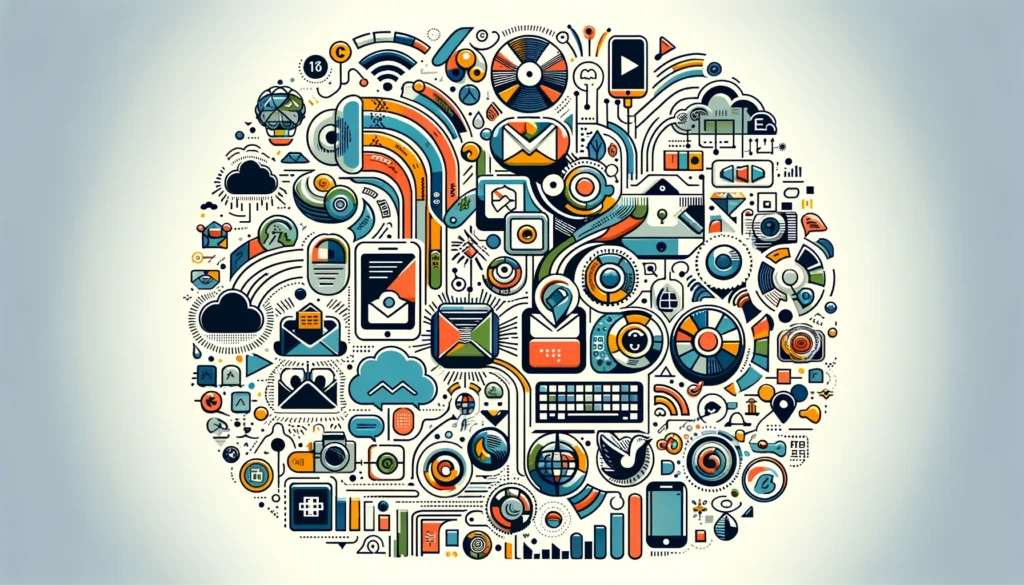
Digital Communication Technologies and Infrastructure
Internet Protocols
At the core of the digital communication landscape lies a sophisticated infrastructure, comprised chiefly of robust internet protocols. Such as TCP/IP, HTTP, and HTTPS, alongside cutting-edge wireless communication technologies including Wi-Fi, Bluetooth, and the increasingly prevalent 5G networks. These foundational technologies play a pivotal role in ensuring efficient and reliable data transmission across a myriad of digital channels. It is facilitating the seamless flow of information that characterizes our contemporary virtual communication environments.
Cloud Computing
Beyond mere data transmission, these technologies are also integral to the operational efficacy of digital networks. Underpinning the functionality of everything from basic web browsing to the complex data exchanges required for cloud computing. Cloud computing, in particular, represents a significant advancement in how data is stored and accessed. Its offering scalable and readily accessible storage solutions that support the vast data needs of digital communication platforms. This allows for an unprecedented level of flexibility and efficiency in managing resources. It is enabling businesses and individuals alike to access and share large amounts of information effortlessly and in real time.
Geographical Barriers
Furthermore, the integration of these technologies ensures that digital platforms can operate within a global context. It is breaking down geographical barriers and creating a more interconnected world. Whether it’s a multinational corporation coordinating operations across continents or a small team collaborating on a project from different locations, the infrastructure supporting digital communication is key to making these interactions possible.
In essence, the infrastructure of digital communication, with its complex array of protocols and technologies. It enables the digital world to function as a cohesive, efficient, and dynamic ecosystem. The support of the vast array of communication technology that defines our virtual communication landscape. It is ensuring that whether for personal, professional, or educational purposes, our capacity to connect and communicate remains limitless.
Advantages and Challenges of Digital Communication
Digital communication has transformed the way we share and consume information, characterized by three primary advantages: speed, reach, and accessibility. The ability to instantly disseminate information across the globe has democratized the flow of knowledge. It is enabling individuals and organizations to communicate without the constraints of time and geography. This newfound capacity has revolutionized various sectors, making digital platforms integral to modern life.
However, the benefits of digital communication are accompanied by significant challenges that cannot be overlooked. Security concerns top the list, as the increase in digital interactions has led to heightened risks of data breaches, cyberattacks, and privacy invasions. The integrity of information itself is at risk, with the rapid spread of misinformation and fake news through digital channels undermining trust in online content. Moreover, despite the widespread reach of digital technology, there exists a pronounced digital divide. This divide underscores the disparities in access to communication technology, particularly affecting marginalized communities and developing regions. Thereby limiting the benefits of digital advancements to a select portion of the global population.
Addressing these challenges is imperative to fully leverage the potential of digital communication while safeguarding against its inherent risks. Efforts must focus on enhancing cybersecurity measures, fostering digital literacy to combat misinformation. As well as implementing inclusive policies that bridge the digital divide. Such measures will ensure that the advantages of digital communication—its speed, reach, and accessibility—facilitating a more informed, connected, and equitable world. The journey towards mitigating these challenges is complex, requiring concerted efforts from governments, technology providers, and users themselves. It is essential for harnessing the transformative power of digital platforms in a responsible and beneficial manner.
Future Trends in Digital Communication
The horizon of digital communication is on the cusp of a transformative era, marked by rapid advancements in Artificial Intelligence (AI) and machine learning. This is augmented and virtual reality (AR/VR), and the Internet of Things (IoT). These innovations are set to revolutionize the way we interact within the digital sphere. This is offering unprecedented levels of connectivity and forging deeper integrations between the physical and digital worlds. AI and machine learning are enhancing the efficiency and personalization of communication, enabling smarter, context-aware systems that anticipate user needs. Augmented and virtual reality technologies are introducing immersive experiences that extend far beyond traditional screen-based interactions. This is allowing for more engaging and interactive forms of communication. Meanwhile, the IoT is connecting a vast array of devices. It is enabling them to communicate and share data seamlessly.
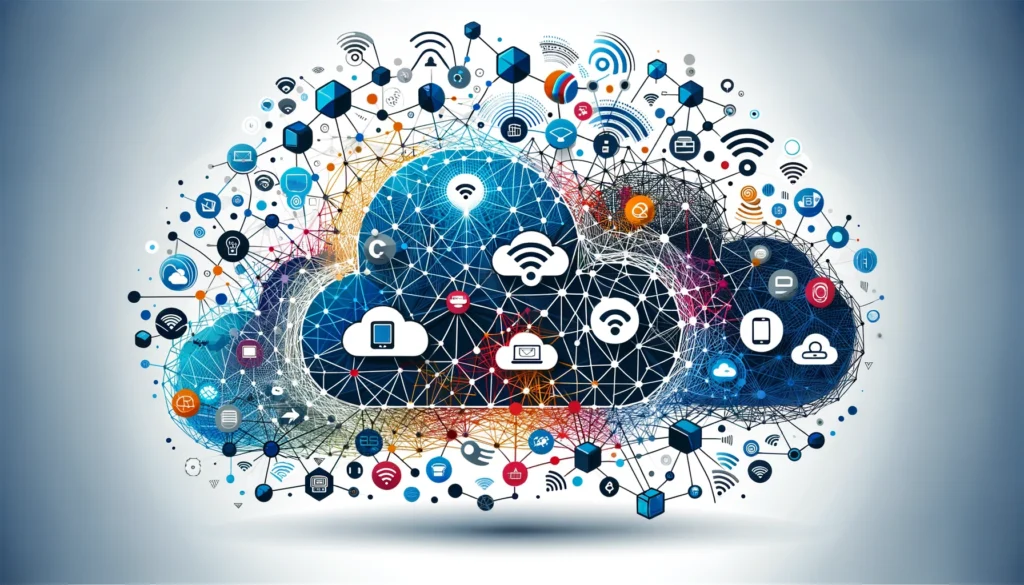
FAQs
- What is digital communication? A: It’s the exchange of information through electronic devices over digital networks, utilizing various channels and technologies.
- How has digital communication changed over the years? A: It has evolved from simple text-based formats to complex multimedia and collaborative platforms, driven by technological advancements.
- What are the main types of digital communication? A: include text-based messaging, multimedia communication, social media, and collaborative tools.
- What technologies are used in digital communication? A: Key technologies include internet protocols, wireless communication technologies, and cloud computing.

